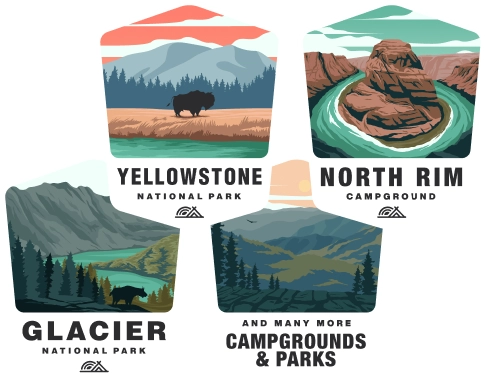Camping at Mount Princeton Campground
Location and Access
Mount Princeton Campground is located within the Pike and San Isabel National Forests and Cimarron and Comanche National Grasslands (PSICC), which are situated in central Colorado, typically just west of the town of Nathrop. The campground is in close proximity to Mount Princeton, a prominent 14,197-foot peak in the Sawatch Range.
Visitors can generally access the campground by driving on County Road 162, which is off U.S. Highway 24. The exact location and driving directions should be confirmed using a map or a GPS device, as mountain roads can be tricky to navigate, and cell service may be unreliable.
Facilities and Amenities
The facilities at Mount Princeton Campground are typical of a national forest campground, possibly including:
- Campsites: A number of individual sites that may accommodate tents, trailers, and RVs, but size limits may apply.
- Picnic Areas: Each campsite often has a picnic table and a fire ring.
- Drinking Water: Access to potable water may be available, but this can vary by season.
- Restrooms: The campground may feature vault toilets.
- Trash Collection: Usually there are provisions for garbage disposal, but campers are encouraged to practice Leave No Trace principles.
These amenities may be seasonal, so it's important to check with the Forest Service for current information, especially if planning a trip outside of the summer months.
Activities
Visitors to Mount Princeton Campground can engage in a variety of outdoor activities, such as:
- Hiking: Access to trails, including those that ascend Mount Princeton or lead into the surrounding forest.
- Fishing: Nearby streams and rivers may offer trout fishing opportunities.
- Wildlife Viewing: The area is home to a range of wildlife, including deer and various bird species.
- Hot Springs: Mount Princeton Hot Springs Resort is located nearby and offers a unique soaking experience.
Reservations and Fees
Campsite reservations at Mount Princeton Campground may be available through a national reservation service, like Recreation.gov, and some sites may be first-come, first-serve. Fees for campsites are usually required, and campers should verify current rates and reservation policies before arriving.
Weather and Seasonal Information
The campground is at a high elevation, so the weather can be unpredictable and may include afternoon thunderstorms in the summer and snow in the late fall to spring. The best time to camp is typically from late May through early September, but again, it’s best to check the local weather and campground status prior to your trip.
Special Considerations
- Wildlife: Proper food storage is critical to avoid attracting bears and other wildlife.
- Altitude: At high elevations, altitude sickness can be a risk. Visitors should acclimate gradually and stay hydrated.
- Road Conditions: Weather can dramatically affect road conditions. Check local reports, especially during winter months.
- Leave No Trace: To preserve the natural beauty, campers should follow Leave No Trace principles by packing out all trash and minimizing their impact on the environment.
Before heading out, always check with the U.S. Forest Service for the most current information on campground status, fire restrictions, and other important notices that may affect your camping plans.
